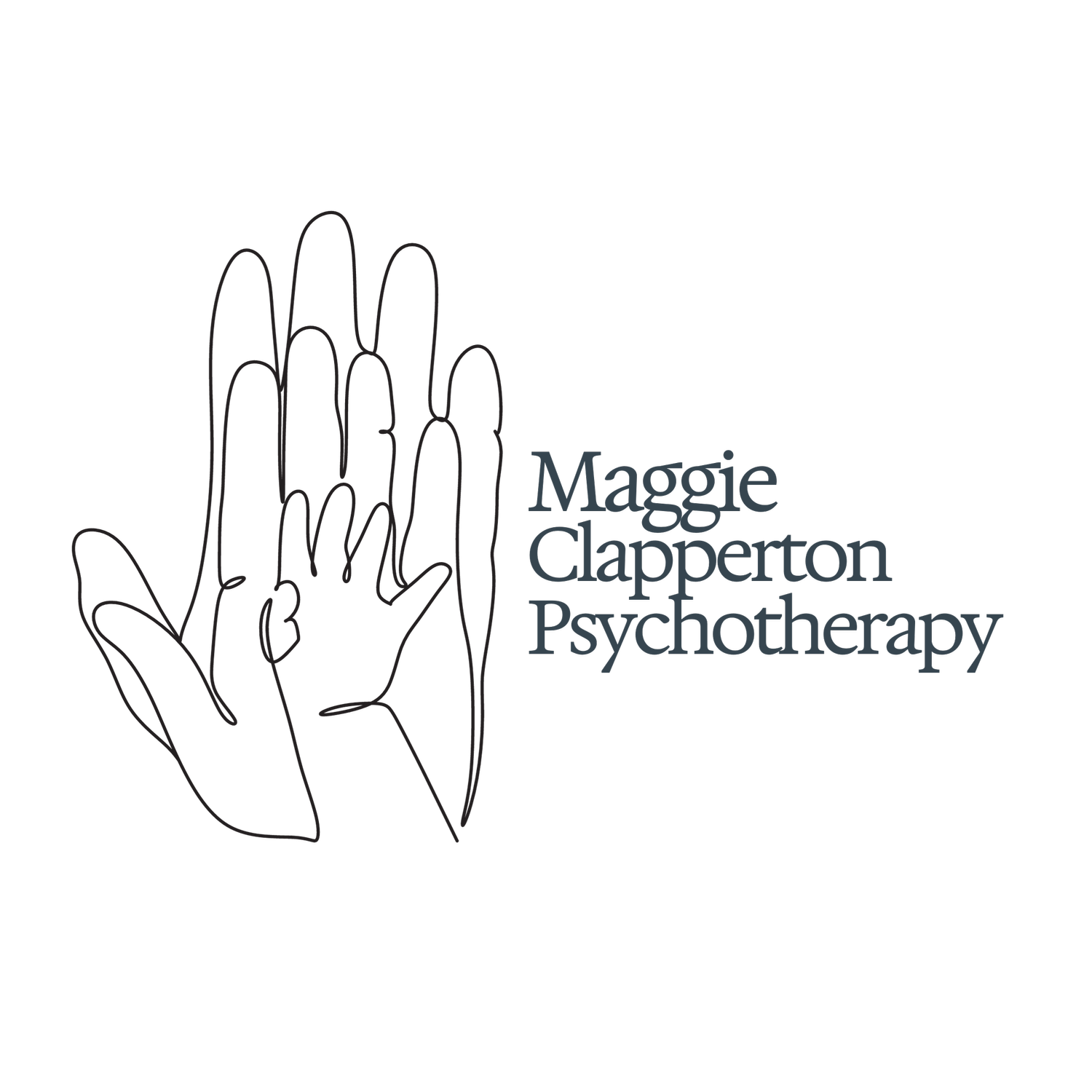Inner Child Healing and the Limbic System: Exploring the Intersection
In recent years, there has been a growing interest in inner child healing as a therapeutic approach for addressing deep-seated emotional wounds and fostering personal growth. Rooted in the belief that our childhood experiences profoundly shape our adult selves, inner child work aims to reconnect with and nurture the younger aspects of our psyche. But what is the scientific basis behind this practice? In this blog post, we'll delve into the research connecting inner child healing to our limbic system and nervous system, shedding light on the profound impact it can have on our mental and emotional well-being.
Understanding Inner Child Healing
Before we explore the neurological underpinnings of inner child healing, let's briefly outline what it entails. Inner child work involves revisiting and reprocessing past traumas, unmet needs, and emotional wounds that originated during childhood. Through various therapeutic techniques such as visualization, journaling, and somatic experiencing, individuals can access and heal these unresolved issues, thereby promoting greater self-awareness, self-compassion, and emotional resilience in adulthood.
The Limbic System: Gateway to Emotional Memory
At the heart of inner child healing lies the limbic system, a complex network of brain structures responsible for regulating emotions, memory, and behavior. One key component of the limbic system is the amygdala, often referred to as the brain's emotional center. The amygdala plays a crucial role in processing emotional stimuli and encoding emotional memories, particularly those associated with fear, trauma, and pleasure.
Research indicates that traumatic experiences during childhood can imprint themselves on the amygdala, creating lasting neural patterns that influence how we perceive and respond to similar situations later in life. Moreover, studies have shown that early-life stress can dysregulate the functioning of the amygdala, leading to heightened emotional reactivity, anxiety, and mood disorders in adulthood.
By engaging in inner child healing practices, individuals can begin to rewire these maladaptive neural circuits within the limbic system. Through intentional reflection, emotional expression, and compassionate self-reparenting, they can gradually soothe the hyperactivity of the amygdala and foster a sense of safety and security within themselves.
The Nervous System: Bridging Body and Mind
In addition to its impact on the limbic system, inner child healing also influences the autonomic nervous system, which governs our body's automatic responses to stress and relaxation. The autonomic nervous system comprises two main branches: the sympathetic nervous system (responsible for the "fight or flight" response) and the parasympathetic nervous system (responsible for rest and digestion).
Childhood trauma and neglect can chronically activate the sympathetic nervous system, keeping individuals in a state of hypervigilance and stress arousal. Over time, this persistent activation can lead to a range of physical and psychological health problems, including hypertension, insomnia, and post-traumatic stress disorder (PTSD).
Through practices such as mindfulness, breathwork, and body-centered therapies, inner child healing helps regulate the autonomic nervous system, promoting a shift from sympathetic dominance to parasympathetic balance. By fostering a felt sense of safety and relaxation in the body, individuals can gradually release the tension and stored trauma held within their nervous systems, paving the way for healing and restoration.
In summary, the research connecting inner child healing to our limbic system and nervous system underscores the profound interplay between our past experiences, brain physiology, and emotional well-being. By addressing the root causes of emotional wounds and restoring balance to our neural circuitry, inner child work offers a path toward healing, resilience, and self-empowerment. As we continue to explore the intricate connections between mind, body, and spirit, may we cultivate greater compassion and understanding for the inner children within us all.



